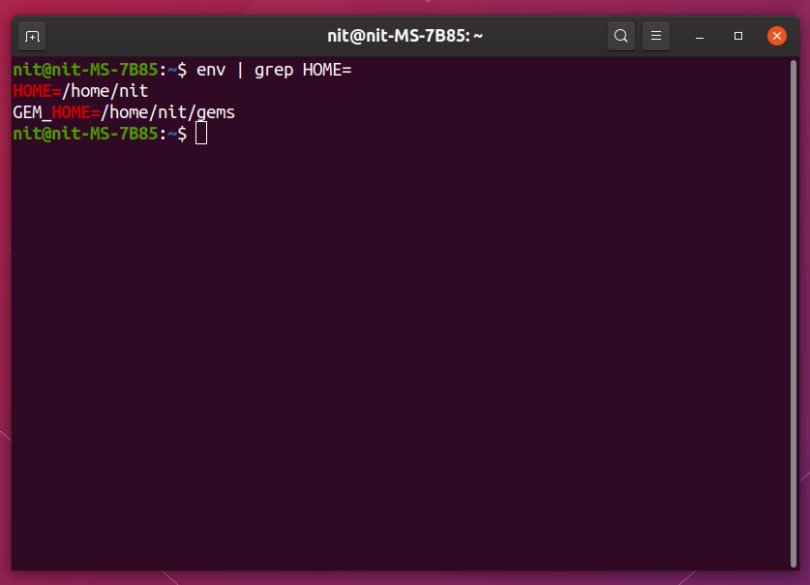

For the record, both frontend and backend applications may utilize dotenv.

Support for using environment variables in frontend applications isn’t an “out-of-the-box” feature of either the browser or Javascript a package like dotenv is required to enable it. Environment Variables in the dotenv Package One way to minimize these differences is to use the cross-env NPM package which provides an operating system independent POSIX-compatible command to set environment variables. Due to this, understanding platform-specific factors is essential before using environment variables in your application. Also, this varies across different microservices environments, like Heroku, where managing environment variables are performed using an administration panel. Management and manipulation of environment variables differ from operating system to operating system. For example, fetch(_APP_METEORITE_STRIKE_DATASET). For example, using the Linux command line: setenv REACT_APP_METEORITE_LANDING_HOMEPAGE = ""Īt runtime, NodeJS automatically loads environment variables into process.env to make them available to the application. Environment variables typically aren’t globally accessible across the OS, they usually session-specific. A system administrator may define these using a command line interface, but it typically makes more sense to do so via a shell script. Using environment variables in backend applications relies on operating system commands to define the environment variable and its value.
#Dotbot environment variables how to
Next, let’s look at how to utilize environment variables using the native operating system, the NPM package dotenv, and webpack. What these have in common are their data values change infrequently and the application logic treats them like constants, rather than mutable variables.
#Dotbot environment variables code
Modifying and releasing application code is relatively complicated and increases the risk of introducing undesirable side effects into production. From the example above, when REACT_APP_METEORITE_STRIKE_DATASET's URL changes there’s no need for source code alterations, testing, and deployment of the modified application. The primary use case for environment variables is to limit the need to modify and re-release an application due to changes in configuration data. In this case, _APP_METEORITE_STRIKE_DATASET is replaced by its value, "". then((response) => ) Īt runtime, the reference to the environment variable name is replaced with its current value.

# Meteorite dataset from Nasa Open Data Portal REACT_APP_METEORITE_LANDING_HOMEPAGE="" REACT_APP_METEORITE_STRIKE_DATASET=""ĭuring application initialization, these are loaded into process.env and accessed by suffixing the name of the environment variable as shown below. An environment variable is made up of a name/value pair, and any number may be created and available for reference at a point in time. The difference between the two is that variables values may change during execution, while constant values cannot be reassigned.Īn environment variable is a variable whose value is set outside the program, typically through functionality built into the operating system or microservice.
Variables and constants both represent unique memory locations containing data the program uses in its calculations. Like independent variables in a mathematical equation, these take on values that change the results of the program. Two fundamental components of any computer programming language are variables and constants. Photo by Antoine Dautry on Unsplash What Are Environment Variables?


 0 kommentar(er)
0 kommentar(er)
